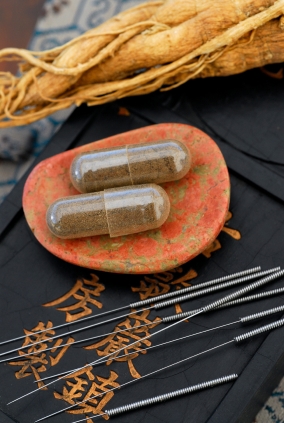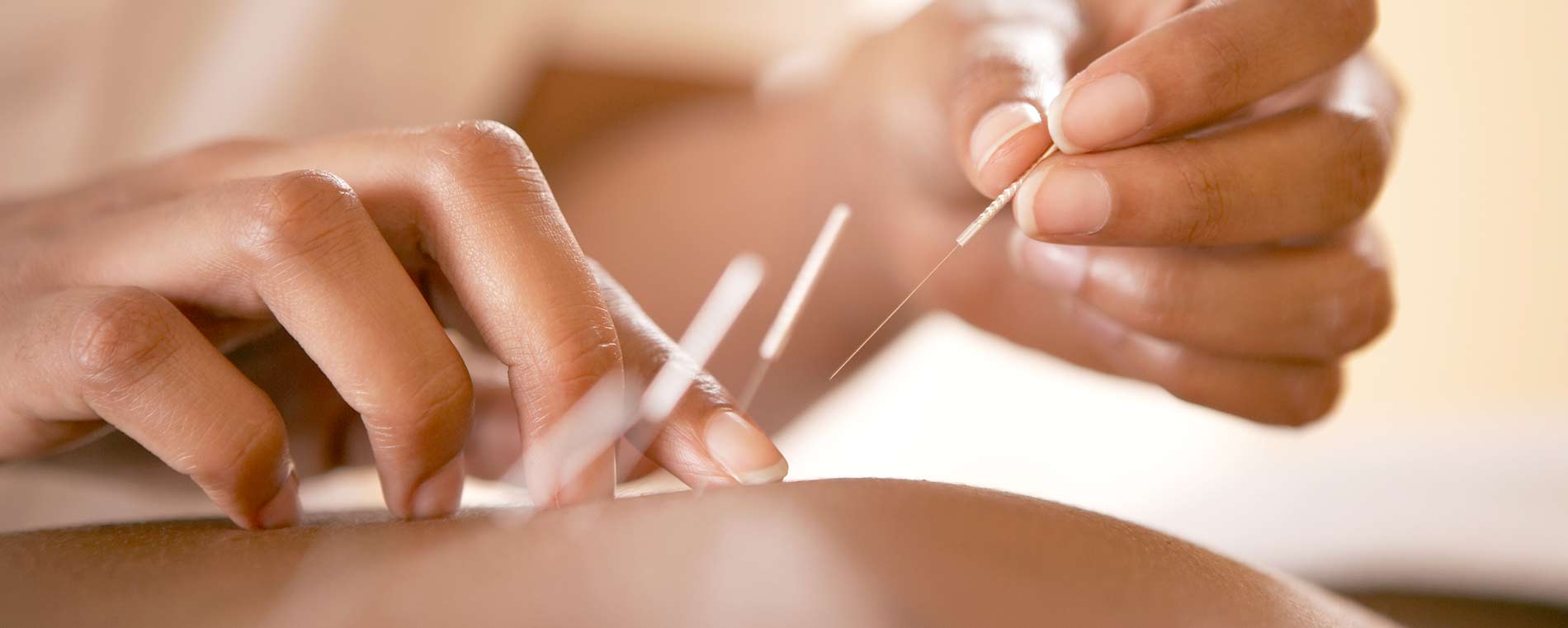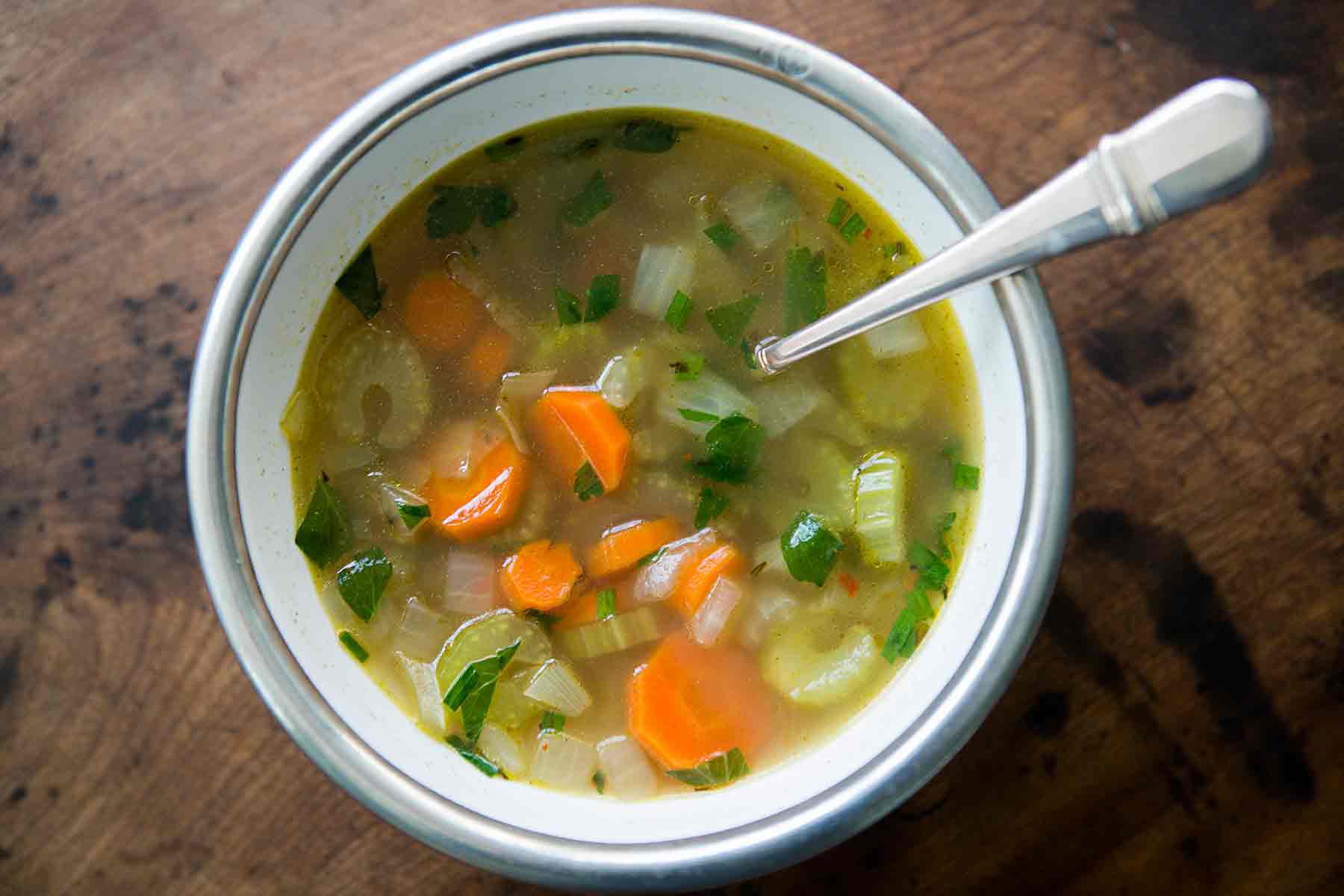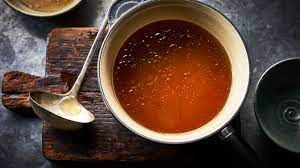Acupuncture is fast gaining acceptance in mainstream medicine right across the Western world and is already used routinely in several Australian emergency departments.
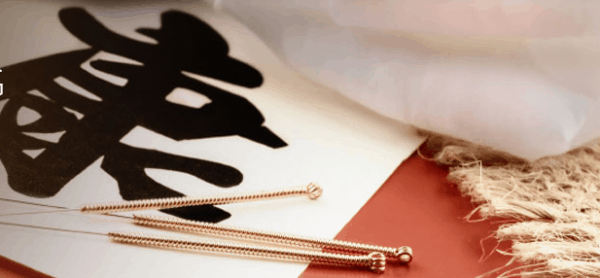
How Does Acupuncture Treat Pain?
Researchers have mapped acupuncture’s effect on the brain and have found that it changes specific neural structures, deactivating the areas in the brain associated with the processing of pain. This is key, says Professor Marc Cohen, head of the trial and professor of complementary medicine at RMIT University. “We know that pain is the most common reason for people coming to emergency departments, and we know that it’s not very well treated in that a lot of people don’t get sufficient pain relief,” he says.
“We also know that the main method of treating pain in emergency situations has severe side effects. Some people can’t tolerate drugs, others find that opioid medication such as pethidine or morphine causes nausea and constipation. Once you give morphine you have to watch the patient for several hours and monitor blood pressure and nausea.
“What we’ve found is that people who have come into an emergency department in pain and tried acupuncture, have had their pain relieved in a very short period of time.”
Acupuncture has been found through countless research, the latest published in the new york times, to be a true form of pain relief. The mechanisms behind acupuncture’s ability to relieve pain are complex, but are thought to be, in part, due to acupuncture’s interaction with the nervous system, and also its ability to release endorphins, serotonin and other natural pain-relieving chemicals within the body.
What Kind of Pain Does Acupuncture Help?
Acute migraines, back pain and ankle sprains are some of acupuncture’s most common things to treat, but results from a number of studies show that acupuncture helps ease types of pain that are often chronic such as low-back pain, neck pain, and osteoarthritis/knee pain. It also helps reduce the frequency of tension headaches and prevent migraine headaches. Many studies show period pain is greatly reduced by acupuncture, as well as other pain conditions like injuries, frozen shoulder, fibromyalgia and sciatica.
Scientific Proof
Today, acupuncture is one of the most accepted complementary therapies in the country, with more than 80 per cent of GPs referring patients to an accredited acupuncturist in the past 12 months. And, despite not being part of the standard curriculum, about one-fifth of GPs have gone on to do post-graduate training in acupuncture.
You can thank modern science for that, says Dr Morton Rawlin, vice president of the Royal Australian College of General Practitioners. “Acupuncture has gradually increased its acceptability over the last 20 years [because] it has good, double-blind, scientific proof that it is of assistance for pain and other disorders.”
The other bonus is that acupuncture can also be safely combined with most conventional drugs and treatments and has very few side effects.

